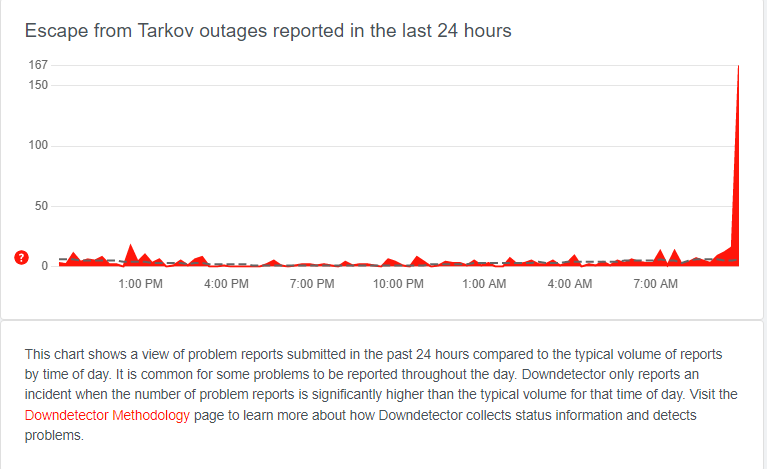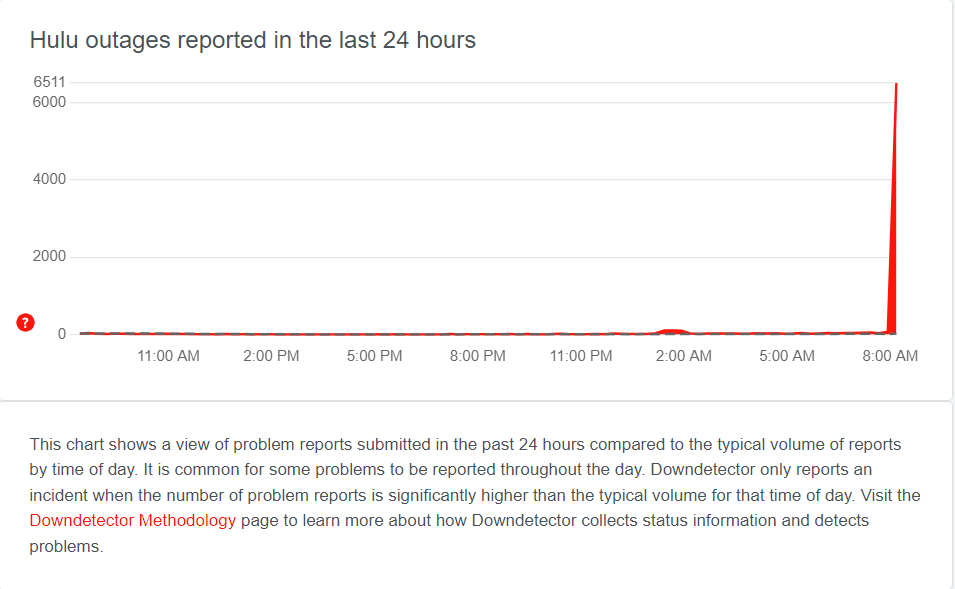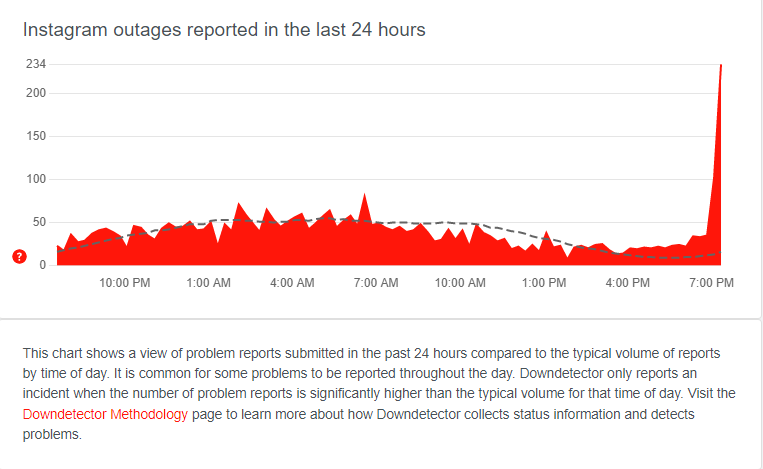How to write an essay about feminist activism for college, school, or just for your own satisfaction? Create a short text that will delight the reader and bring you the joy of creation. It only takes 5 extremely simple steps to impress any lover of the written word.
If you want to learn how to write a good essay and informative, you are in the right place. In the following article, I will present the basic principles and some additional tips that make essay writing very easy.

Essay – definition
An essay is a short literary form, the purpose of which is to present the author’s point of view on a certain issue, to present an idea, to express emotions, or to initiate a debate. The multiple uses of this type of work allow authors to build texts with a variety of structures – far beyond the rigid rules.
There are no restrictions on the length of an essay. It can be as short as 500 words, but it can just as well be much longer. Most essays are texts of about 1,000 to 3,000 words. Such freedom gives the author enough space to thoroughly develop the topic and present a detailed argumentation to support his views.
As for the topic of the essay – there are no restrictions here. In our case, it`s feminist activism.
In this connection, it is worth noting that most researchers all the time have some problems with defining what an essay really is. The multitude of possibilities makes the attempt to define an essay seem unattainable.
Fortunately, you don’t have to worry about this issue. All you need to know is informative speech tips and the general principles of this type of text. There is no need to create a scientific paper right away.
Features that characterize the essay:
- Diverse subject matter – there are no restrictions on the topic of the considerations undertaken.
- Subjectivity – it is a statement presenting the individual point of view of the author.
- Reflexivity – recording the thoughts or emotions of the author.
- Loose composition – there are few rigidly defined rules here.
- Genre syncretism – combining features of many literary genres (except literary fiction).
- Poeticism – a lyrical way of forming the language of expression – a high level of artistic aesthetics.
- Intertextuality – use of quotations, paradoxical associations, free digressions, surprising comparisons, and references to other works (literary, philosophical, historical).
- Non-systematicity – the author does not try to present all possible points of view on the topic covered.
Structure of the essay
Should an essay about feminist movements have a specific structure? In theory, there is no obligation to do so (unless you are dealing with a formal essay). However, from a practical point of view, it is worth ensuring that the essay is written in the right way. This will help you avoid misunderstandings and many problems – both during the writing process and when confronting the reader.
The typical structure of an essay is not complicated. It looks as follows:
- Introduction – the author presents a thesis statement or asks a question that he intends to answer later in the essay.
- Development – in this part the author presents arguments, evidence, and examples. Through an appropriate narrative, he presents the knowledge he has and his views.
- Conclusion – the author summarizes the arguments cited and presents conclusions.
Types of essays
There are four main categories (taking into account how they affect the consciousness of the recipient), according to which essays can be grouped:
- Narrative – you provide information on a specific topic in a simple, structured way. The structure of this type of essay somewhat resembles a short story, as there is a story in the content through which you present information.
- Descriptive – you focus on the details of the object, event, or phenomenon being described. It looks a bit like a report of what happened.
- Persuasive – you set yourself the goal of convincing the reader of a point of view or opinion.
- Expository – you explain how to do something. The content of such an essay focuses on step-by-step instructions that show how to perform a certain action or achieve a result of your choice.
Of course, this is only one way to categorize essays. Other methods include dividing by content (journalistic, popular science, literary), composition (formal, informal), or functions performed (informative, expressive, impressionistic).
There is another specific type of essay – the so-called micro-essay. It is not distinguished for the reasons mentioned above, but for its length. It is basically a short essay, the volume does not exceed one page of print, that is, it has a maximum of about 500 words.
How to write an essay about feminist activism?
The process of writing an essay consists of three main stages:
- Preparation – choose a topic, conduct an analysis of facts and arguments, and create an outline for the essay.
- Writing – present your argument in the introduction, develop it with evidence in the main body, and conclude with a conclusion.
- Revisions – check the content for the correctness of structure, spelling, and form.
[1] Prepare to write an essay
Before you start writing an essay about feminist activism, make sure you have a clear picture of what you want to say and how you intend to say it. You can follow a few steps to make sure you are ready to go:
- determine the purpose of the essay, its form, and deadline (if any);
- define the topic;
- conduct an analysis of the primary sources of information you will use – gather the materials in one place that is convenient for you;
- reflect on your point of view on the topic;
- write down the thesis statement – it is the central point of the essay;
- plan the structure of the essay;
[2] Write a draft
Before you move on to writing your essay, create a draft to help you determine:
- how to analyze the topic or answer the question;
- what structure your text will have;
- what evidence and examples you will use;
- whether your argumentation will be logically structured.
Don’t try to write the final version of your essay right away. At this stage, it’s more about arranging everything in your head (and on paper). Only in the next step will you take care of creating the actual text and editing it properly.
[3] Write the main part of the essay
The main part of the essay (known as the development) is where you present arguments of feminist activism to support your thesis, provide evidence and develop your ideas. The purpose of this part is to present, interpret and analyze the information and sources you have gathered to support your argument.
To give your essay a clear form, divide it into clearly separated sections. Depending on the length of the text, these will be paragraphs or sections separated by headings. Each such section should center around a single issue or argument.
The length of the main text: should make up an average of 60-80% of the essay.
[4] Write an introduction
The introduction sets the tone for your essay. It should create interest and engage the reader. You need to let him know what he can expect.
In the introduction, you, first of all, introduce the topic you are going to address. It is important to provide a context that will help the reader understand your argument.
Once the topic is defined, it is time to formulate the thesis that you intend to present or prove. Stating a thesis provides focus and signals your position on the topic at hand. One or two sentences are usually sufficient for this purpose.
If you are writing a longer essay, you can include in the introduction a brief discussion of each section that follows. This way you will give the reader a clear picture of how your argument will develop.
Length of the introduction: it generally takes up 10-20% of the text.
[5] Write the conclusion
This is the last part of the feminist essay, where you return to your thesis, combine your main arguments, and clearly show why they matter.
To ensure that your essay’s conclusions are well outlined, it’s a good idea to avoid:
- undermining evidence cited earlier (e.g., writing something like: this is just one approach out of many);
- including new arguments;
- using typical closing phrases (e.g., Conclusion, In conclusion).
A good conclusion should contain an eloquent sentence that will make a strong impression on the reader, not allowing them to forget the whole essay.
Length of the conclusion: as a rule, it should occupy no more than 10-15% of the volume of the text.
Useful tips
Each person writes in the right way for himself, but there are a few good tips that can increase the efficiency of your work on the text (in this case – the essay).
- Keep in mind the topic of the essay – all the time try to keep it in mind, so as not to deviate from the right path. It is a good idea to have the topic written down somewhere on the side – on a piece of paper lying in a visible place.
- The first sentence of the introduction should arouse the reader’s interest and curiosity.
- Avoid giving too many details in the introduction. You can do it in the development.
- Try to ensure the originality of the message – this will stimulate the reader’s imagination and capture his attention more.
- Don’t try to write the essay in full at once. First, make an outline to know what you want to write about. Such a plan, made up of sentences or points, will help you stick to the topic all the time.
- Knowing the topic, write the main part of the text first. Prepare the introduction and summary at the end.
- Use thoughtful and complementary arguments and evidence.
- If you have the opportunity, use quotes (but don’t overdo it).
- Arrange individual paragraphs into a logical whole and pay attention to whether everything reads smoothly.
- Take care of the style of your speech – it should not only be logical and original but also literarily attractive to the reader. Don’t be afraid to use a dictionary of synonyms – this will make your text more interesting.
- Avoid colloquial language, but do not overdo the number of literary embellishments.
- If you have to write an essay by a specific deadline – start as early as possible. This will not only reduce your anxiety level while working but also give you time to analyze the whole thing and correct it. After writing the essay, it’s a good idea to put it aside for a few days to look at it again with fresh eyes.
- Remember that you are not limited by any formal requirements (unless such have been specified – for example, by your lecturer). You can use a variety of elements in your essay, such as sentences, quotes, reproductions of artwork (e.g. paintings), comments from other authors, or various kinds of associations.
- When you finish writing the essay, read it again. This will make sure that the text is coherent.



